On October 24, 2024, EEIP took center stage at the 2nd European Process Industry Conference, hosted by A.SPIRE in Brussels. As part of this high-profile event, EEIP organized a thematic workshop titled “Industrial Symbiosis: A Key to Enabling Energy Efficiency Markets.”
The session brought together leading experts, researchers, and policymakers to explore how industrial symbiosis can serve as a catalyst for energy efficiency and sustainability in the process industries. The workshop provided a valuable platform for discussing practical approaches to implementing circularity, resource sharing, and cross-sectoral collaboration to optimize industrial energy use.
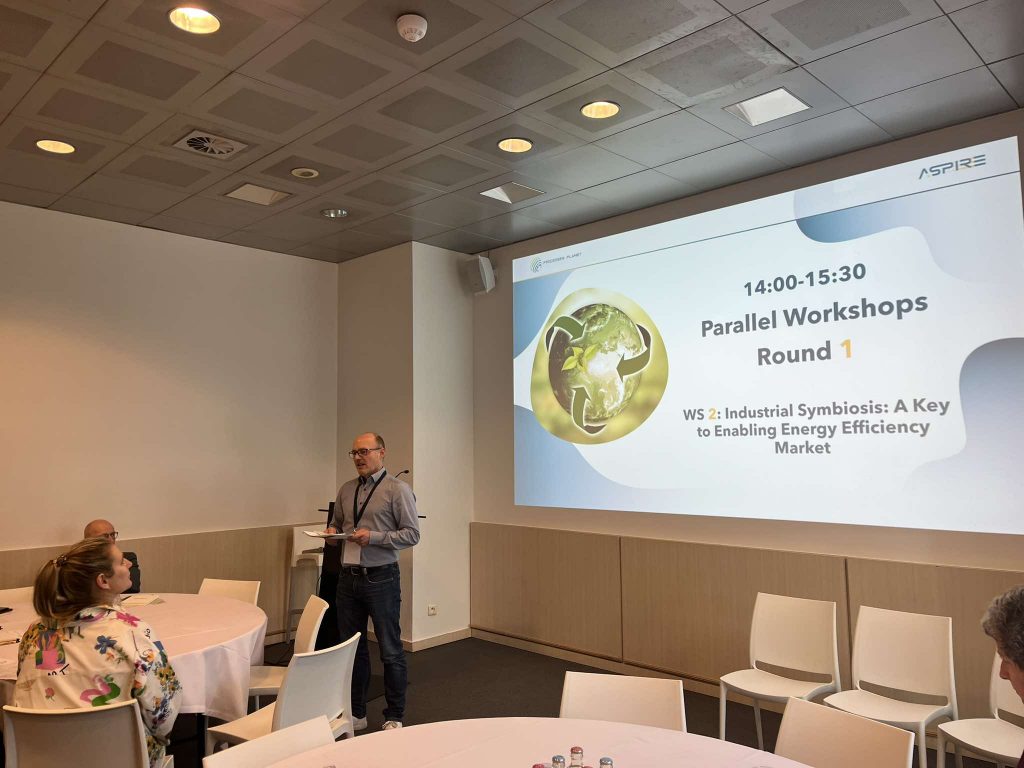
Panel Insights: Setting the Stage for Industrial Symbiosis
The event was officially opened by Jürgen Ritzek, Business Director at EEIP, who welcomed attendees and set the tone for an engaging discussion. He emphasized the importance of industrial symbiosis as a driver for both economic and environmental benefits, particularly in the context of Europe’s ambitious energy and climate goals.
The panel discussion featured representatives from:
- CINEA (European Climate, Infrastructure and Environment Executive Agency) – providing insights into EU funding opportunities and policy frameworks supporting industrial symbiosis.
- CORALIS Project – sharing real-world examples of how industrial symbiosis is applied to industrial clusters to improve resource and energy efficiency.
- IS2H4C Project – highlighting the role of hydrogen and carbon capture technologies in enabling systemic industrial transformation.
- REDOL Project – focusing on the circular economy and how industrial symbiosis contributes to waste valorization and resource efficiency.
Each expert presented key findings from their respective projects, offering diverse perspectives on how industrial symbiosis is shaping the future of energy efficiency in industrial ecosystems.
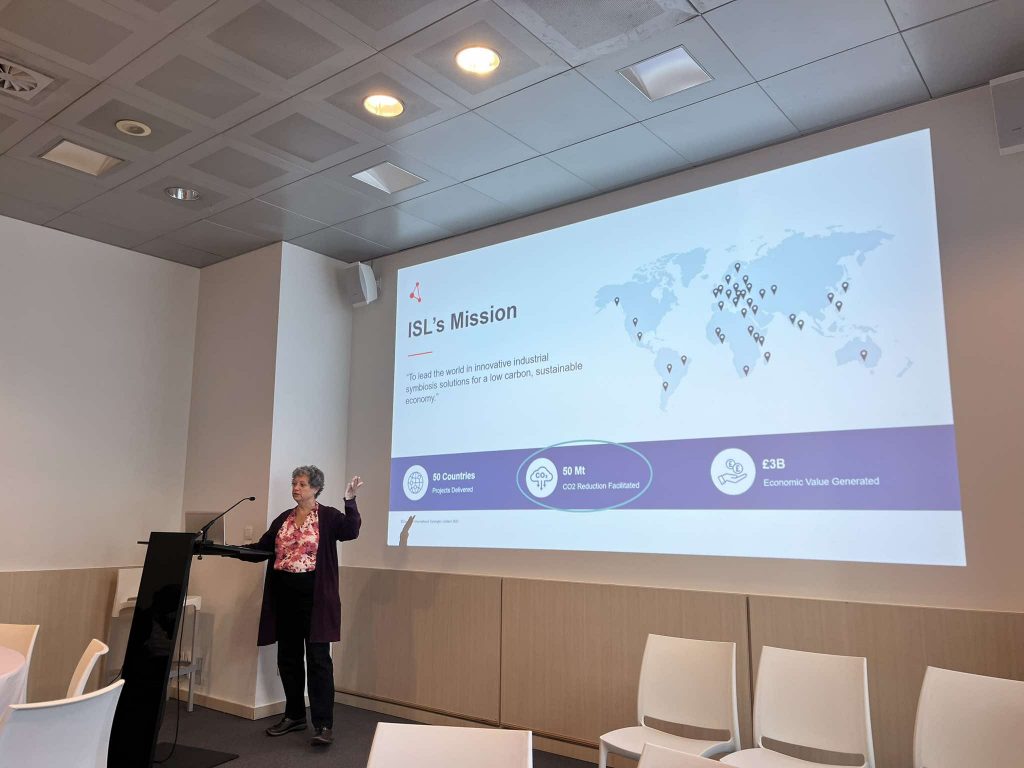
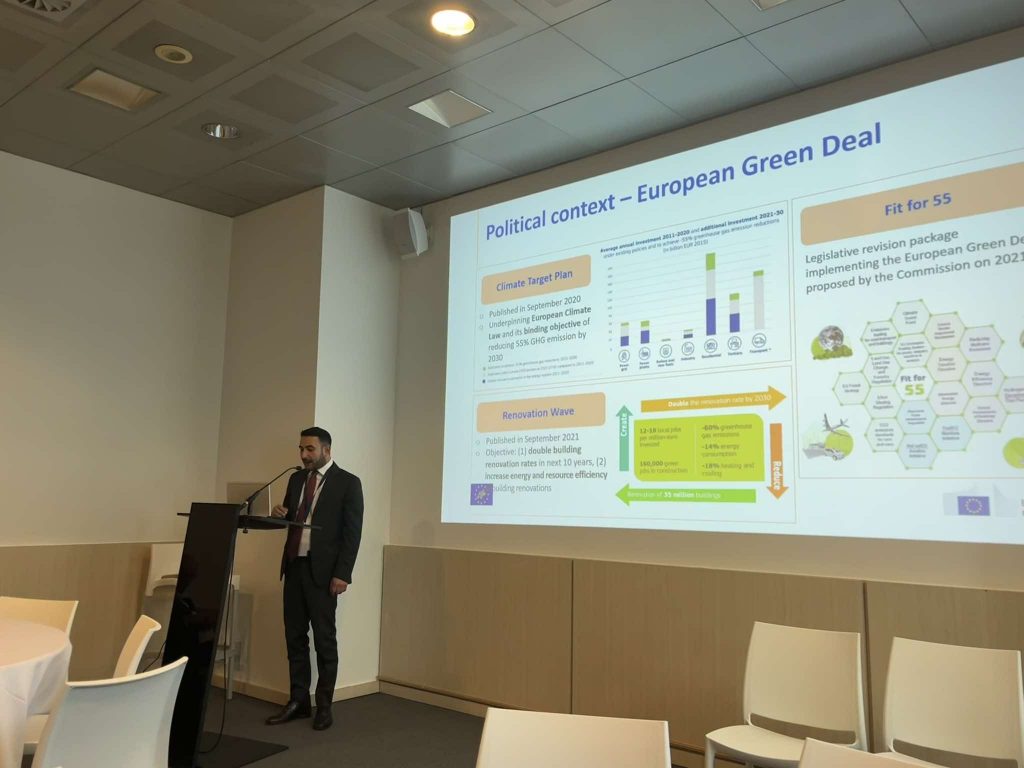
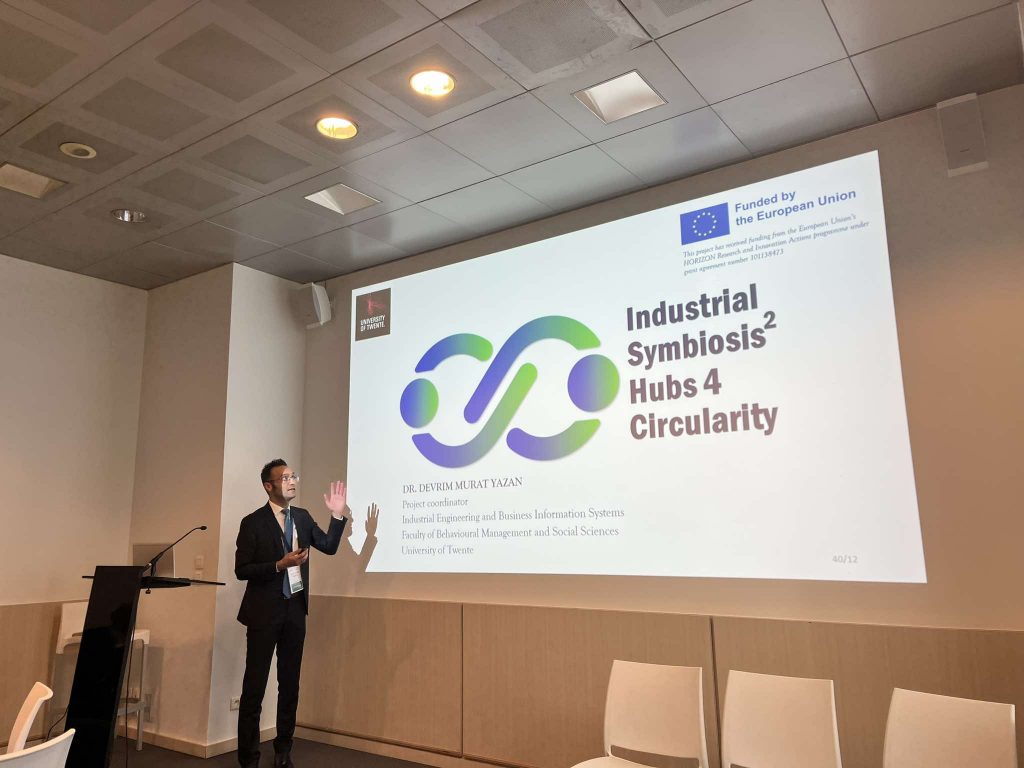
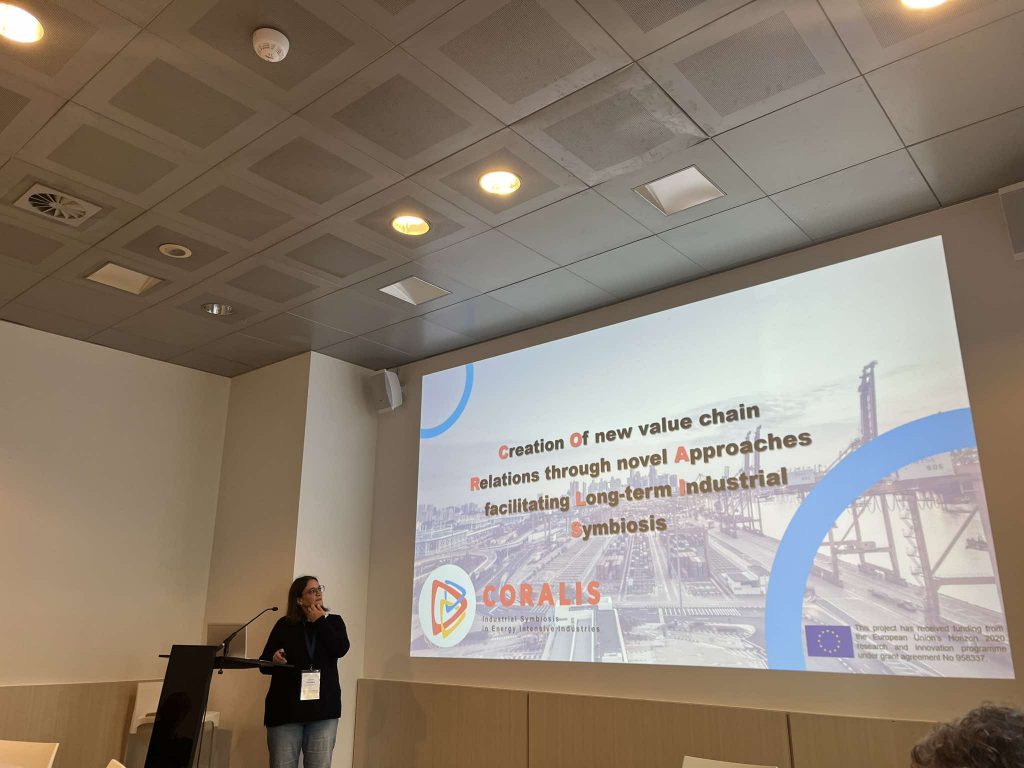
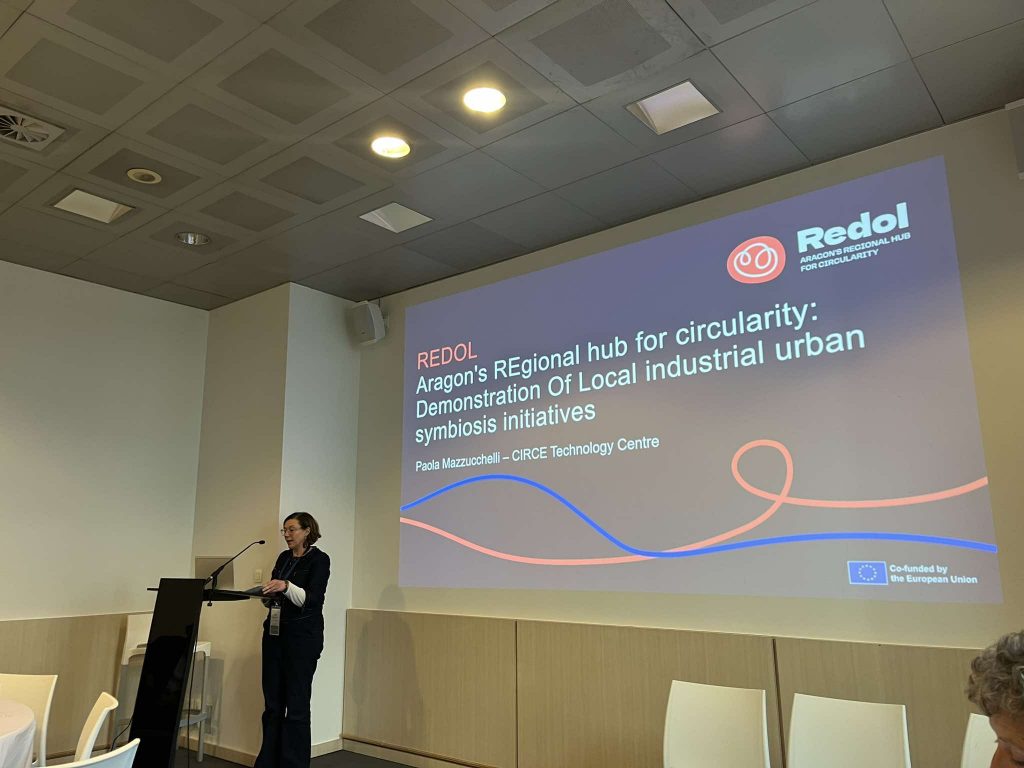
Roundtable Discussion: Challenges and Opportunities in Scaling Industrial Symbiosis
Following the panel presentations, the session transitioned into an interactive roundtable discussion, where participants engaged in a deeper dialogue about the challenges and opportunities of industrial symbiosis in enabling energy efficiency markets.
Key Discussion Points:
- Scaling Industrial Symbiosis Beyond Pilot Projects: How can successful case studies be replicated and scaled across industries and regions?
- Regulatory and Policy Frameworks: What policy measures are needed to create a more supportive environment for cross-sectoral collaboration?
- Technology and Innovation: How can emerging technologies like AI, digital twins, and smart grids accelerate industrial symbiosis initiatives?
- Economic and Market Incentives: What financial mechanisms and incentives can drive industrial actors to adopt symbiotic solutions?
The interactive format encouraged valuable exchanges between researchers, industry stakeholders, policymakers, and funding agencies, resulting in actionable insights that can help bridge the gap between theory and large-scale implementation.
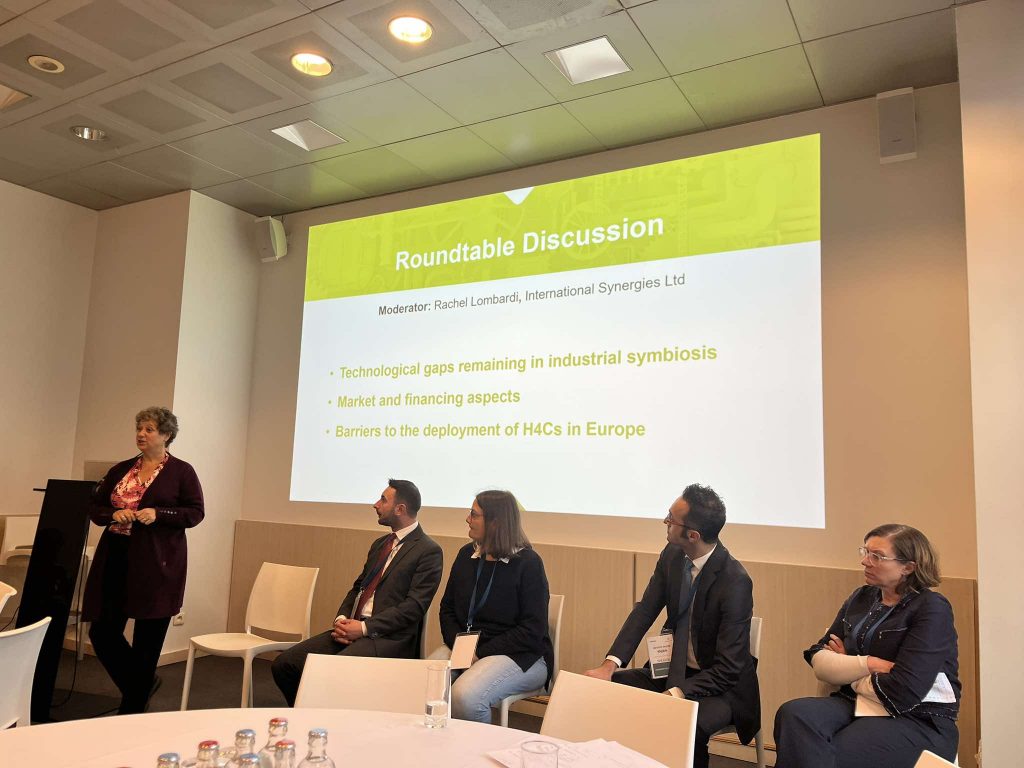
Why Industrial Symbiosis Matters for Energy Efficiency Markets
Industrial symbiosis is more than just a concept of resource-sharing—it is a strategic approach that enhances competitiveness, reduces waste, and fosters collaboration between industries. By enabling mutual utilization of by-products, waste heat, and energy resources, industrial symbiosis plays a critical role in improving energy efficiency at a systemic level.
At a time when industries face growing pressure to decarbonize and optimize their energy consumption, leveraging industrial symbiosis models can help unlock new opportunities in renewable energy integration, process optimization, and sustainable value chains.
Looking Ahead: Next Steps for EEIP and Industrial Symbiosis Initiatives
The workshop successfully highlighted the synergies between different EU-funded projects and demonstrated the growing momentum behind industrial symbiosis in the process industries. As EEIP continues to champion cross-sectoral collaboration, we will:
- Foster further discussions on industrial symbiosis in upcoming industry forums and conferences.
- Support knowledge-sharing through case studies, policy briefs, and best practice guides.
- Engage with policymakers and funding bodies to advocate for enabling frameworks that accelerate the adoption of industrial symbiosis at scale.
We thank all the participants and panelists for their valuable contributions and look forward to continuing the conversation on how industrial symbiosis can shape the future of energy efficiency and sustainability in Europe’s industrial landscape.
Stay tuned for more updates and insights from EEIP!

